World 🢖 Asia 🢖 Russia 🢖 Altai Krai
Early human finds 🢔 Fossil finds 🢔 Biological wonders 🢔 Categories of wonders
Wonder
Denisova Cave – the only find of Denisovan humans
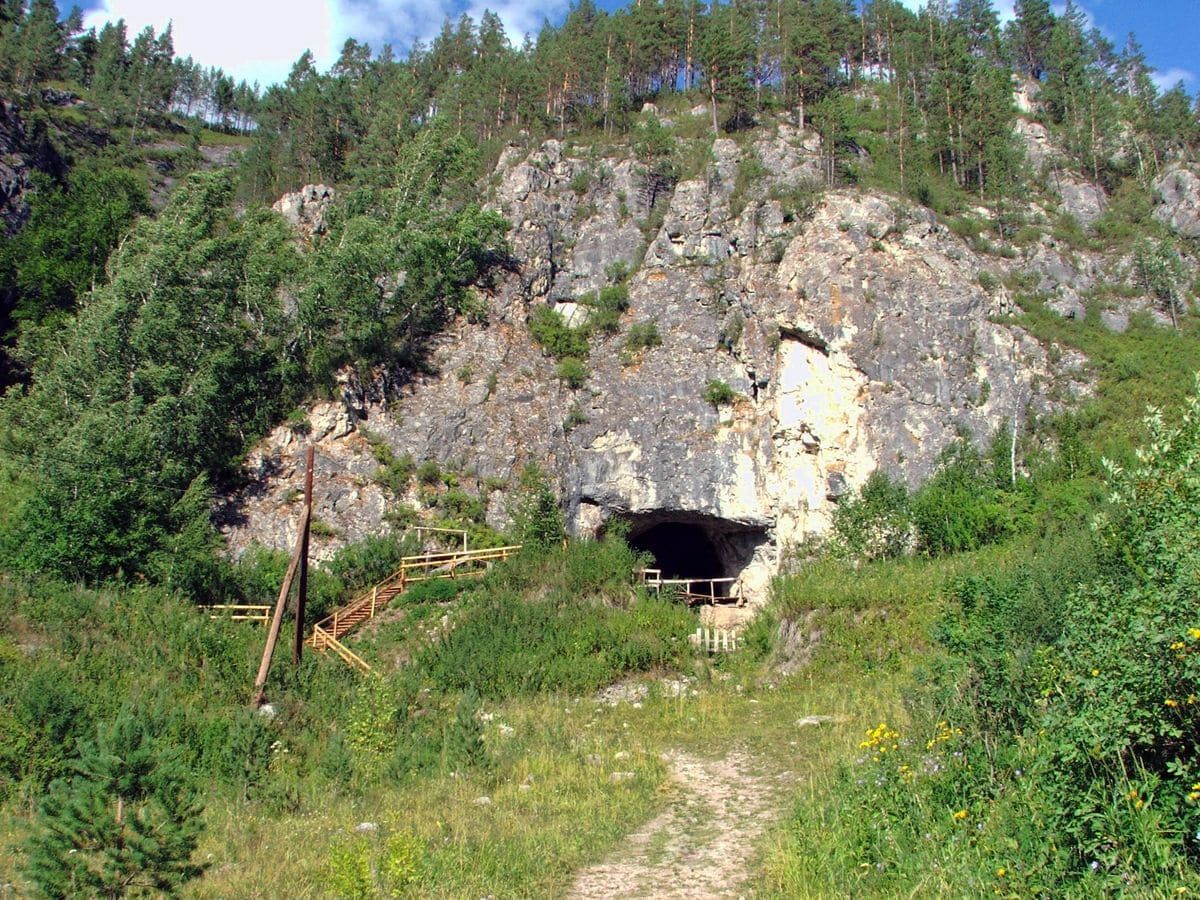
 In short
In short
At the right bank of Anui River, 28 metres above the present-day level of water there is located Denisova Cave or, as called by local people – Aju-Tasch. It is not especially large and not adorned with beautiful stalactites – but nonetheless it is famous worldwide.
 53.0%
53.0%
GPS coordinates
Location, address
Length
Name in Russian
Alternate names
Map of the site
If you see this after your page is loaded completely, leafletJS files are missing.
 In detail
In detail
A splinter of bone found here is changing the way how we look at our distant past: it is possible that prehistoric people who lived here had a company of another species of… humans. This species of humans was named after this cave – Denisova hominins.
Cave of eremite Denis with rain hidden inside
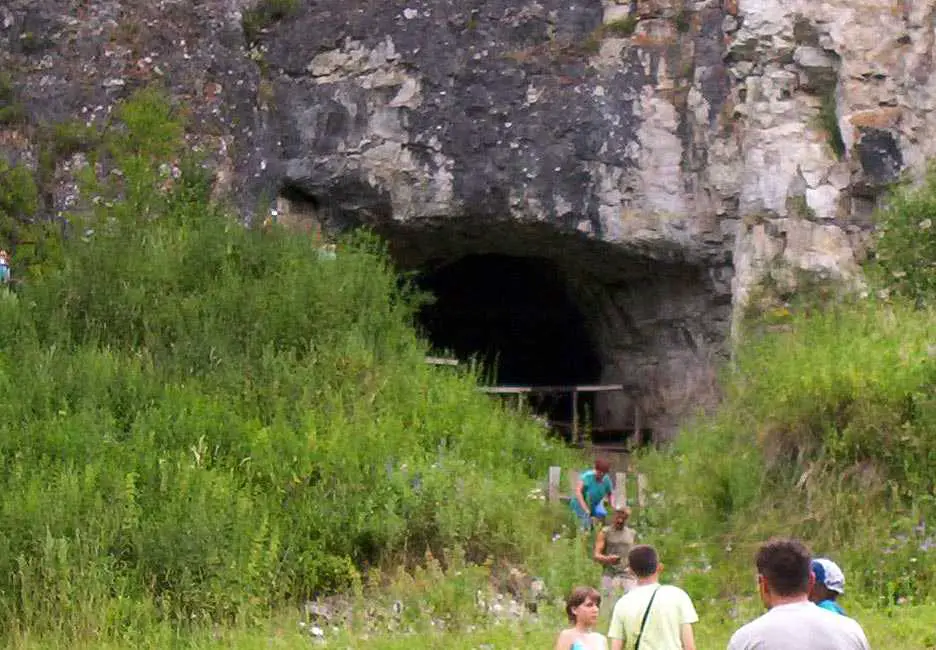
Denisova Cave is comparatively well suited to live in it – it is horizontal, with a rather wide entrance. The length of the cave is approximately 600 m, floor area – roughly 270 m2, it is located 670 m above sea level. This cave has formed in upper Silurian limestone, consists of a spacious 9×11 m large central chamber with three smaller side galleries. The vertical chimney served well to convey smoke from a fireplace.
It seems, this cave always has been well known to local people. The current Russian name of the cave comes from eremite Dionisij (Denis) who lived here in the second half of the 18th century.
Altai people call the cave Aju-Tasch – Bear Rock. According to their legend here lived an evil sorcerer who got angry at local people and sent rain lasting for many years. People turned for the help of another – a white sorcerer who expelled the black magician and tangled all rain in a ball. He turned this ball into stone and concealed it into the ground of Denisova Cave.
20 cultural layers!
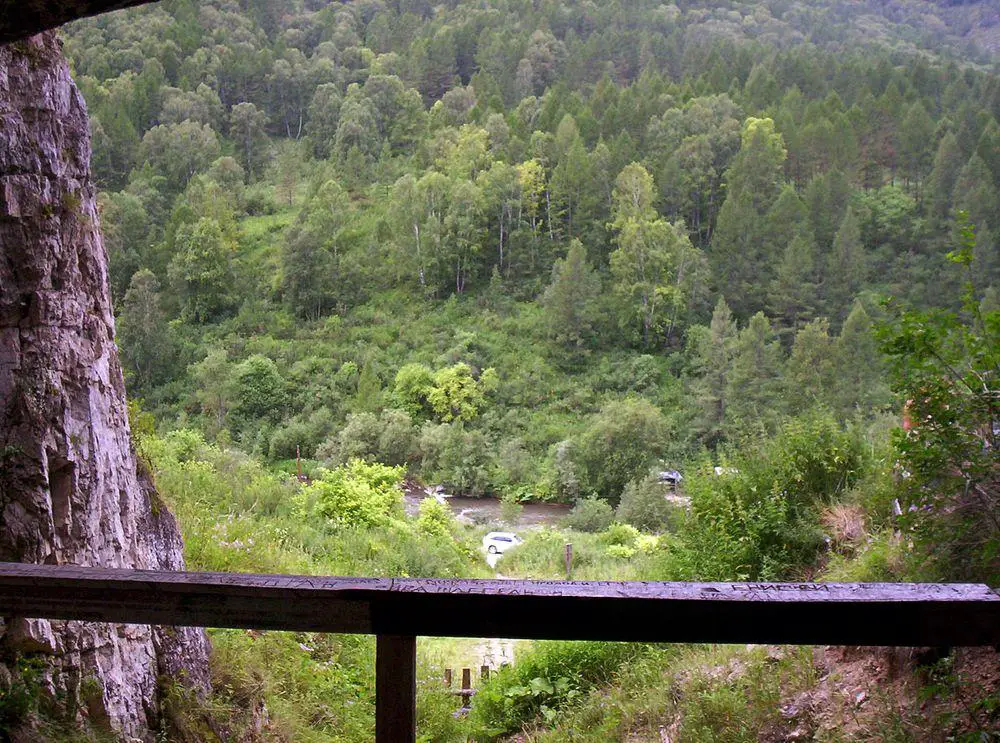
It was Siberian archaeologist Nikolai Ovodov who started excavations in Denisova Cave in 1977. Already the first barholes indicated – this cave is a goldmine for archaeologists!
Excavations in the cave continue up to this day and since 1982 there is established a permanent camp of the Archaeology Institute of Russian Academy of Science, Siberian branch. Scientists have extracted approximately 50,000 artifacts thus far, providing a rich supplement for surrounding museums.
Throughout many thousands of years Denisova Cave has served as a shelter both for people and animals. In total there have been found 20 – 22 cultural layers – starting with the most recent layer left by Dionisij and ending up with at least 125,000 years old artifacts left by Neanderthals. There is no other cave with such a wealth of archaeological finds in this region.
Cave contains remnants of diverse animal species including extinct ones. Finds include remnants of 27 species of large and middle-sized mammals, 39 species of small mammals and remnants of other vertebrates. Thus here has been found tusk of mammoth, ostrich egg shell, remnants of small cave bear (Ursus rossicus), cave hyaena (Crocuta spelaea), cave lion (Panthera spelaea), wooly rhinoceros (Coelodonta antiquitatis) and many others.
Most of these animals preferred to live in steppe, but there are represented also species living in forests.
Several species of humans
One species of humans – thus far considered to be Neanderthals – came here earlier than modern people. As evidenced by the find of their tools, the cave was inhabited by them already 280,000 years ago. Meanwhile, modern people left Africa "only" 70,000 years ago and, naturally, arrived here later.
Coexistance of ancient people and other species of humans – such as Neanderthals – is nothing new. Also, Altai was not an exception – when people lived in Denisova Cave and nearby caves. Archaeological findings and genetic analysis shows that Neanderthals lived no further than 150 km to the west, in Okladnikova Cave. Later, when these others disappeared, modern people continued to live in Denisova Cave.
There have been found ancient stone tools and also iron tools from the 14th – 15th centuries. Archaeologists have found decorative objects of bone, adornment made of dark green chloritolite, pendants, and other interesting artifacts. Of course, also Dionisij left traces in the cultural layer of the cave.
Splinter of bone
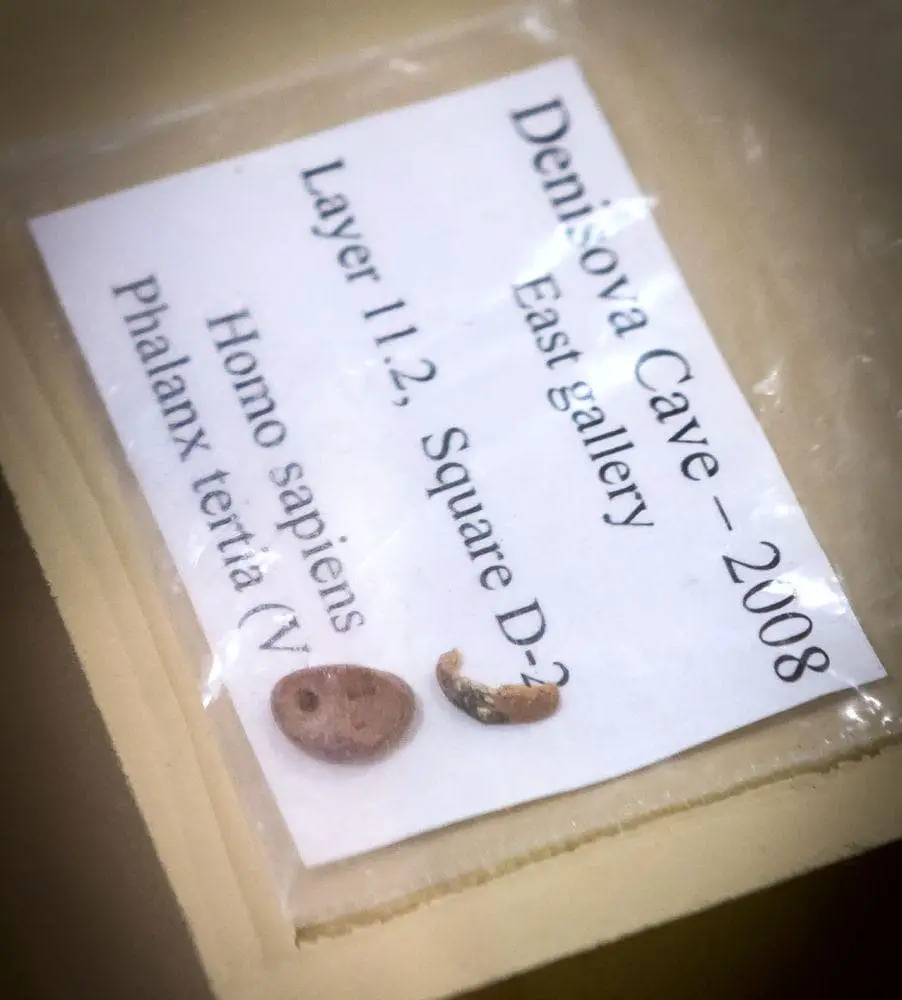
There have been found very few human bones in Denisova Cave – there is no place for the remains of deceased ones in the dwelling of living people.
During the season of excavations of 2008 the situation changed – there was found a splinter of petrified phalanx of a finger (pinkie), most likely belonging to a 6 – 7 years old child girl who lived some 30 – 48 thousand years ago. She was contemporary of Neanderthals and people – and, initially, it was assumed that it belongs to Neanderthal or human.
It is not known whether these bones originated here or were carried here as commemorative or cult items.
Surprising results of DNA analysis
The cold climate of this location created beneficial conditions to preserve more genetic information in comparison with a warmer climate. Thus there was a hope that this splinter of phalanx will provide valuable information – and it really turned out that DNA in this bone has been well preserved.
Team of scientists at Max Planck Institute for Evolutionary Anthropology in Leipzig, Germany have good contacts to colleagues in Siberia and since some time was performing genetical analysis of remnants of ancient Siberian people. Scientists started the DNA analysis of the newly found bone from Denisova Cave as well and with success obtained a full sequence of mitochondrial DNA. In March 2010 there were published results of the first set of analysis – and these results were surprising.
The scientific work at this stage included analysis of mitochondrial DNA. Results indicated that the DNA of this child differed from DNA’s of modern humans and Neanderthals.
Another hominin – Denisovan
There are 385 differences in nucleotides between the dweller of Denisova Cave and modern humans (on average). Neanderthals and humans on average have 202 differences in mitochondrial DNA.
For comparison: the DNA of modern humans and chimpanzees have approximately 1,462 differences in nucleotides.
Thus it can be assumed that in Denisova Cave lived somebody who was not modern human and not Neanderthal either. It seems: another species of hominins or subspecies of humans lived in Altai some 40,000 years ago. As for now this being has been named – Denisova hominin, also Denisovan or, Latin name – Homo sapiens denisova.
A polished bracelet with a drilled hole has been found in the same layer as well.
Hominin is a term uniting humans and closely related species. The only living hominins are people, chimpanzees, and bonobos but there have been found numerous extinct species, nearly all originating in Africa – the cradle of humankind.
Analysis of nucleotides can serve also as a kind of “molecular clock”. Thanks to this it can be assumed that humans, Neanderthals, and Denisova hominin had common ancestors some 744 – 600 thousand years ago. It seems that Denisovans and Neanderthals were divided into two distinct groups some 300 generations later. Thus Denisovans and Neanderthals are a bit closer relatives, than modern humans.
Hominins have spread out from Africa to Asia and Europe in several "waves". It is known that Homo erectus left Africa approximately 1.9 million years ago, ancestors of Neanderthals (Homo heidelbergensis) – some 300 – 500 thousand years ago and modern humans (Homo sapiens) – some 70 thousand years ago.
Scientists assume that Denisovans emerged from Africa approximately at the same time when Neanderthals: some 500 thousand years ago or somewhat earlier. Neanderthals spread westward, towards Near East and Europe. Denisovans, in turn, most likely spread in vast Eastern Asia.
Even more exciting is the fact that the genome of contemporary Melanesians for 1 – 4% contains the genome of Denisovans – DNA samples from contemporary people in New Guinea and Bougainville Island contain pieces of the genetic code of the bone splinter from Denisova cave.
Thus modern people, who left Africa some 70 thousand years ago, met Neanderthals in Near East and Denisovans in Asia. They interbred with both species of hominins – it is known that DNA of modern non-Africa people for some 4% contains the genome of Neanderthals.
Search continues
Thus far this splinter of bone is the main thread in the search for this new branch of hominids.
Later analysis shows that also one tooth from this cave belongs to another young Denisovan girl. The form of this tooth is different, more archaic than a tooth of Neanderthal.
Remnants of two more individuals – two adult males – have been found later.
Very interesting find in Denisova Cave has been a girl, hybrid of Denisovan father and Neanderthal mother who lived some 50 thousand years ago.
Next important find was a piece of the skull which was found in 2016 – it belongs to the fifth Denisovan man in this cave (and anywhere else in the world) (9).
Thus far there are too few finds and we do not know well how these ancient beings looked, as well as when and why they disappeared. Thus far it is clear that these people were robust.
If initial assumptions will turn out to be correct, the discovery of a small splinter of bone in Denisova Cave will change the way how we look at the evolution of humans in central and eastern Asia. There is a need to review earlier accounts of Neanderthal man findings in Asia – it becomes unclear which of these were Neanderthals and which – not.
Finds of Neanderthals are attributed to Okladnikov Cave 150 km from Denisova Cave and Teshik-Tash Cave in Uzbekistan. Ust Karakol Cave in Altai contains artifacts left either by Neanderthals or Denisovans. Meanwhile, in Obi Rakhmat Cave and Anghilak Cave in Uzbekistan are reported remnants of hominins whose species still need to be identified.
Nevertheless Denisova Cave up to this day (March 2019) is the only place in the world where remnants of Denisovans have been found.
It is exciting also to search for the reasons why Denisovans and Neanderthals disappeared. They seem to disappear sometime after coming of modern people – thus it can be caused by us.
References
- Денисова пещера, Altaitravel.ru, last accessed in 28 Mar 2010.
- Шуньков М. В, Агаджанян А. К. Палеография палеолита Денисовой пещеры., Археология, этнография и антропология Евразии. 2000.- No. 2 (2).- pages 2-20., last accessed in 28 Mar 2010.
- Fossil finger points to new human species., Naturenews, published in 24.03.2010., last accessed in 28.03.2010.
- Денисова пещера, Altaitravel.ru, last accessed in 28 Mar 2010.
- Johannes Krause, Qiaomei Fu, Jeffrey M. Good, Bence Viola, Michael V. Shunkov, Anatoli P. Derevianko & Svante Pääbo. The complete mitochondrial DNA genome of an unknown hominin from southern Siberia., Nature, published in 24.03.2010. Last accessed in 28 Mar 2010.
- Hobbit version 2.0: the undiscovered hominin, John Hawks Weblog, posted in 24.03.2010, last accessed in 28 Mar 2010.
- Carl Zimmer, Meet the Denisovans, the newest members of the human tree of life, Discover, posted in 22.12.2010, last accessed on December 24, 2010. Image of Denisovan teeth!
- Warren M. Mum’s a Neanderthal, Dad’s a Denisovan: First discovery of an ancient-human hybrid. Nature. 2018 Aug;560(7719):417-418. doi: 10.1038/d41586-018-06004-0.
- Nicola Jones, 1st March 2019. First Confirmed Denisovan Skull Piece Found. Sapiens. An editorially independent magazine of the Wenner-Gren Foundation for Anthropological Research.
 Linked articles
Linked articles
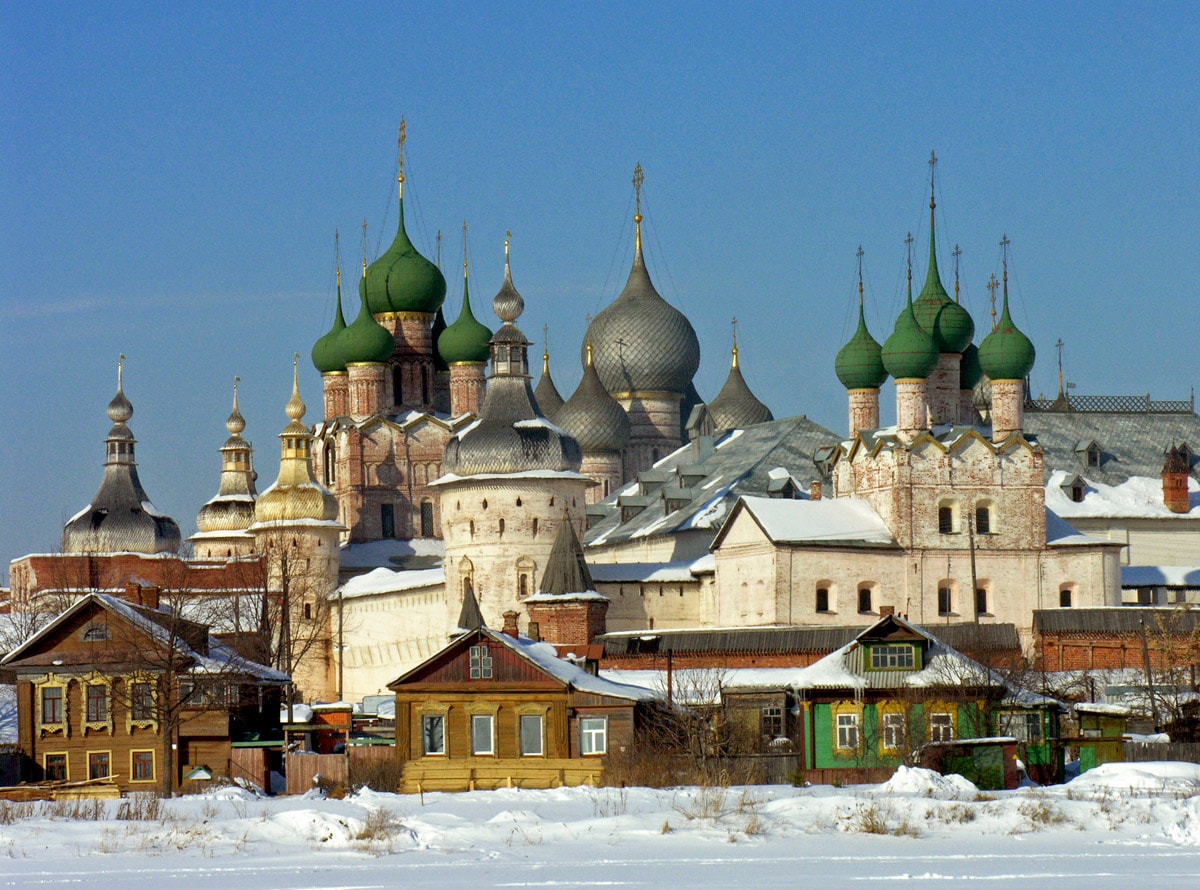
Wonders of Russia
The largest country in the world, Russia, is associated in the minds of many people with the onion domes of Orthodox churches and the massive walls of the Moscow Kremlin. But besides the unique architecture, Russia offers many more unusual and exciting attractions.
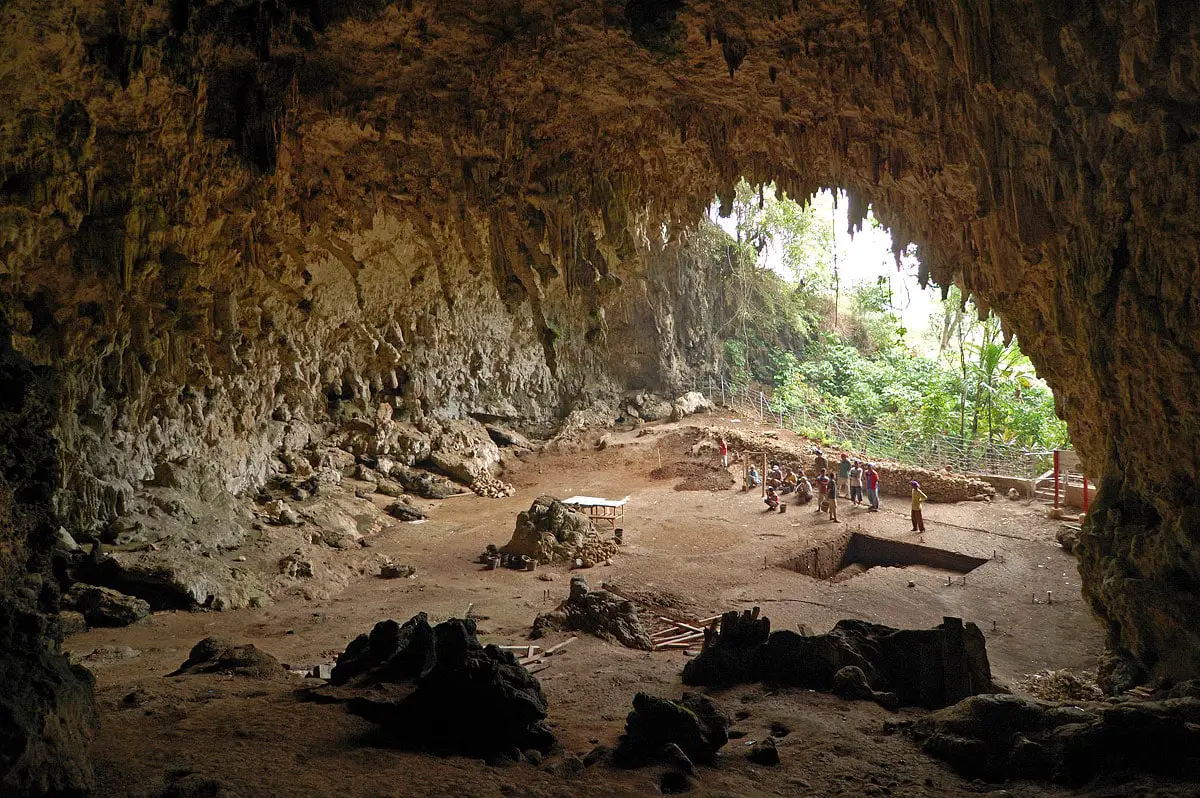
Early human finds
In this category have been included the most important and unusual places where have been found remains and other traces of activities by early humans (several species of them!) and other hominins.
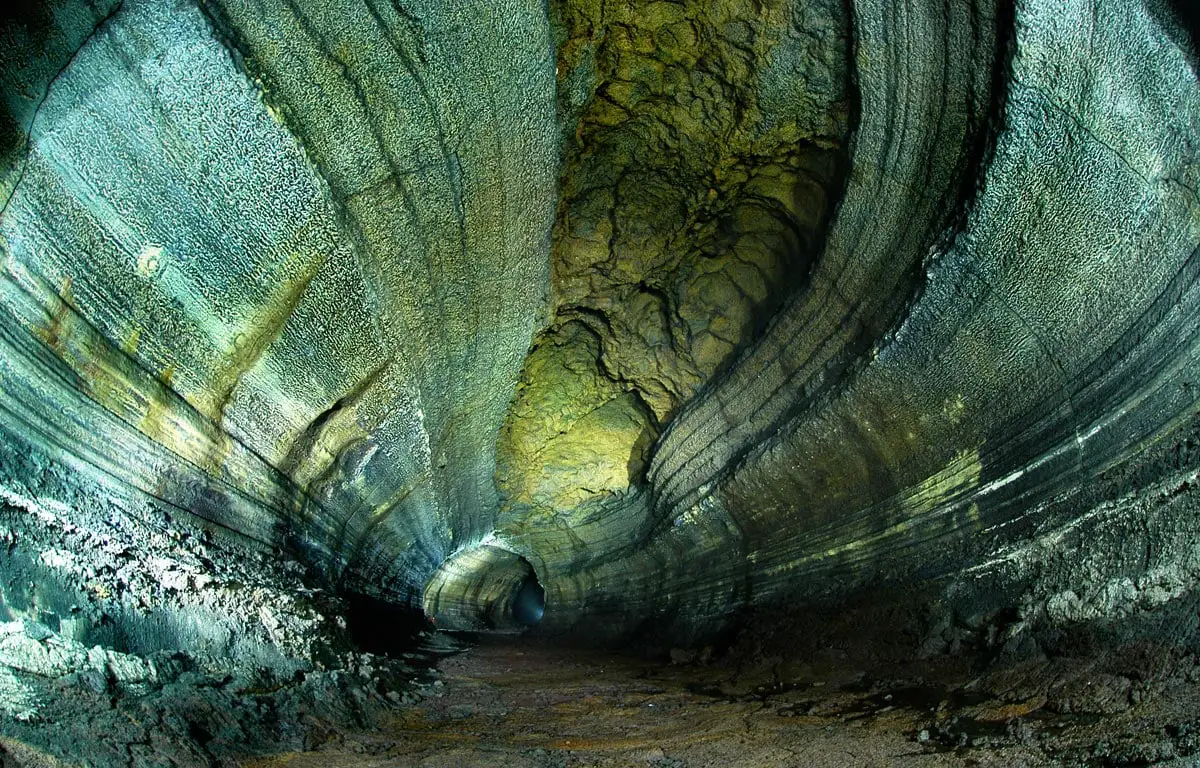
Caves
Every year there are reported exciting discoveries of new caves and discoveries of new qualities such as cave paintings in the ones known before. But there still is a feeling that our knowledge covers just a small part of all these monuments of nature.
Though, those which are known to us, offer a surprising diversity of unusual features and impressive sights.
 Recommended books
Recommended books
Lone Survivors: How We Came to Be the Only Humans on Earth
In this groundbreaking and engaging work of science, world-renowned paleoanthropologist Chris Stringer sets out a new theory of humanity’s origin, challenging both the multiregionalists (who hold that modern humans developed from ancient ancestors in different parts of the world) and his own “out of Africa” theory, which maintains that humans emerged rapidly in one small part of Africa and then spread to replace all other humans within and outside the continent. Stringer’s new theory, based on archaeological and genetic evidence, holds that distinct humans coexisted and competed across the African continent-exchanging genes, tools, and behavioral strategies.
The Complete World of Human Evolution
Since this book was first published in 2005 there have been exciting new developments in the story of ape and human evolution, and the authors take account of them in this revised edition. The big gap in the fossil record in Africa is beginning to be filled with the discovery of several new species of apes in Kenya and Ethiopia that date from ten to nine million years ago. There are new discoveries of Australopithecus, updates on the dating of hominin sites, results of new DNA analyses, and much more.


